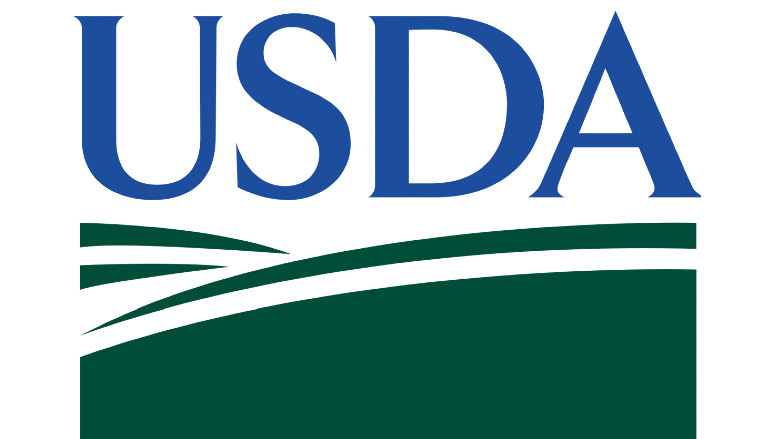USDA reapportions Cattlemen’s Beef Board membership
The final rule adjusting membership on the Beef Promotion and Research Board goes into effect Dec. 6, 2023.

Courtesy of the USDA
The U.S. Department of Agriculture published in the Federal Register its final rule to adjust membership on the Beef Promotion and Research Board to reflect shifts in cattle inventory levels since the last board reapportionment in 2020, as required by the rules governing the board. The final rule was published Nov. 6, 2023, and goes into effect Dec. 6, 2023.
Under this final rule, total board membership will decrease by two members, from 101 to 99, and includes the following changes:
- Domestic cattle producer representation on the board decreases from 94 to 92 members. The remaining seven members are importer representatives.
- The state of Idaho gains one member.
- The states of Montana, Pennsylvania and Wisconsin lose one member.
The revised representation becomes effective with nominations in 2023 for appointments effective early in 2024.
Additionally, under the final rule, a technical amendment to the Beef Promotion and Research Order corrects the list of Qualified State Beef Councils by removing the Maryland Beef Industry Council, which voted unanimously to dissolve their council on Sept. 14, 2022.
These adjustments are based on requirements of the order, authorized by the Beef Promotion and Research Act of 1985. The order provides for a review of geographic distribution of U.S. cattle inventories and the volume of imported cattle, beef, and beef products at least every three years, but not more than every two years. After the review, board membership must be reapportioned accordingly.
A state or unit must have an inventory of 500,000 head of cattle to be represented on the board and is entitled to an additional member for each additional 1 million head of cattle. In considering reapportionment, the board reviewed cattle inventories and cattle, beef, and beef product import data from 2020 through 2022.
Since 1966, Congress has authorized industry-funded research and promotion boards to provide a framework for agricultural industries to pool resources and combine efforts to develop new markets, strengthen existing markets and conduct research and promotion activities. The Agricultural Marketing Service provides oversight to 22 boards. The oversight ensures fiscal accountability and program integrity and is paid for by industry assessments.
Source: USDA's AMS
Looking for a reprint of this article?
From high-res PDFs to custom plaques, order your copy today!






